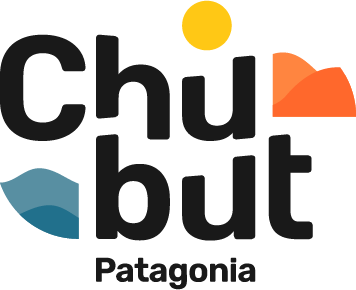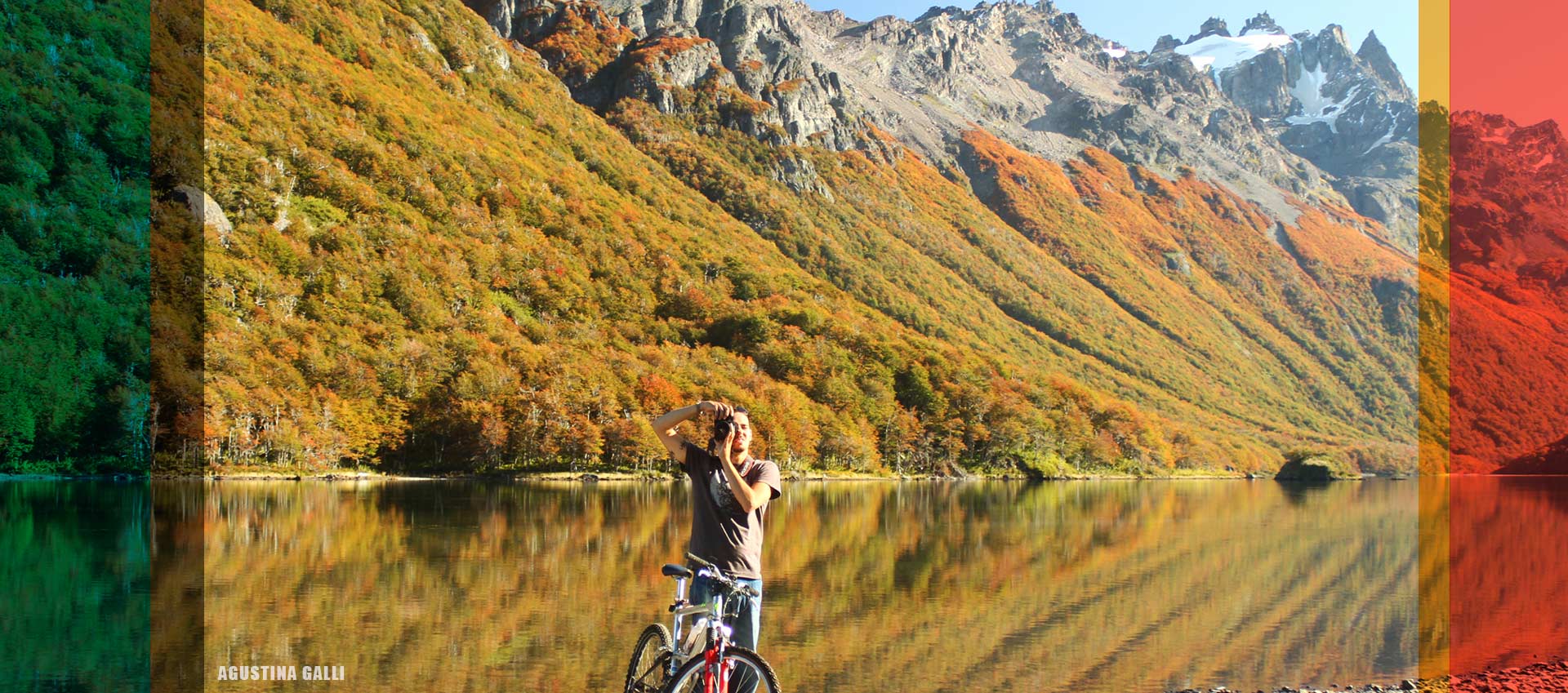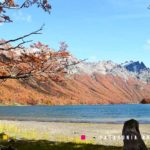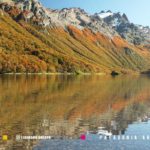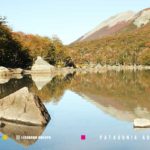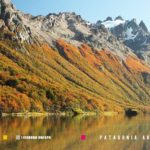Baggilt Lake Protected Natural Area
It is a Natural Protected Area that covers 1500 hectares of Andean Patagonian Forest, located in the Department of Futalaufquen and is located about 40 km northeast of the Town of Trevelin.
Its conservation objectives include:
- Conserve the essential natural attributes and qualities of the environment in the long term, genetic resources in their dynamic and evolutionary state and established ecological processes.
- Ensure public use at levels that best contribute to the physical and spiritual well-being of visitors and reserve the area’s natural attributes for current and future generationsas.
- Provide opportunities for research, monitoring, education and interpretation, to a degree compatible with the objective of creation.
- To provide local residents with benefits that are compatible with the objectives of creating and managing the protected area.
It has a management category of Strict Nature Reserve / I2 Wilderness Area “Wilderness Natural Area: Protected Area managed mainly for the purposes of nature protection”, which is defined as “Vast land or sea surface not modified or slightly modified, it retains its natural character and influence, is not permanently or significantly inhabited, and is protected and managed to preserve its natural condition. ”
Outstanding landscape features:
It should be noted that there is no population that inhabits the territory, which gives the area a fundamental value in conservation as virgin and pristine territory. Sustaining this value over time is the fundamental objective that is promoted, taking into account that since the retreat of the last ice age (between 50,000 and 13,000 years before the present) the area suffered minimal human action and intervention.
Outstanding flora and fauna species:
The vegetation present in Baggilt Lake is characterized by the dominant species that is the lenga, which in the best places (with good soil and protection), reaches 25 meters. There are also ñire, caña colihue and berberis; in addition to also being herbaceous plants, especially in the mallines.
Vegetation and its distribution determine different habitats for most fauna species, so its distribution is closely related to the distribution of plant communities.
Among the most conspicuous mammals stand out the pudú (Pudu pudu), the huemul (Hippocamelus bisulcus), the puma, gray and red fox. There are also ferrets, huillín or river wolf and the huiña cat. Three species of bats also stand out, and the little monkey, a marsupial.
Among the reptiles, poisonous ophidians are missing, although there are snakes and amphibians such as the forest toad. Fish have been impacted by the introduction of farmed species; Perch or Creole trout, Patagonian silverside and numerous puyenes, of the Galaxia genus, are indigenous.
.As for the birdlife in the Baggilt Lake area from the ornitogeographic point of view, the area includes the species of birds characteristic of the district such as the varied goshawk, red-tailed harrier, chimango, araucana dove, cachaña, bataraz owl, ruby hummingbird, kingfisher, araucano woodpecker, patagonian woodpecker, pitío, colilarga, rayadito, huet-huet, chucao, diucón, peutrén, patagónico thrush and the condor.
It is noteworthy that it houses populations of critical species such as Huemul(Hippocamelus bisulcus), member of the list of vertebrates in the country that are in danger of extinction. It is an deer autochthonous , robust, being a bit smaller in the female, they have strong and short limbs, their fur is thick with an intense brown color, more toasted in summer (dark glossy brown) and more gray in the winter season, which allows its adaptation to mountainous areas and harsh climates. The jaw and inside the ears is white, the lower part of the tail and upper part of the muzzle are black. The horns, which are secondary characters of adult males, have a pitchfork and measure up to 30 cm. The young are of a similar color to that of their parents.
Tourism
It is open to visitors, with an estimated 250 people who access the site annually.
As long as this process of caring for the territory is respected, visitors will be able to enjoy a nature reserve with unmatched characteristics. That is why precautions are requested to be taken, paying attention to the guides and wild life guards to be able to circulate in the permitted places.
Conservation Objective
Conserve natural attributes and qualities of the environment, genetic resources and ecological processes. Guarantee public use. Promote research, monitoring, education and interpretation. Provide settlers with benefits compatible with the area.
